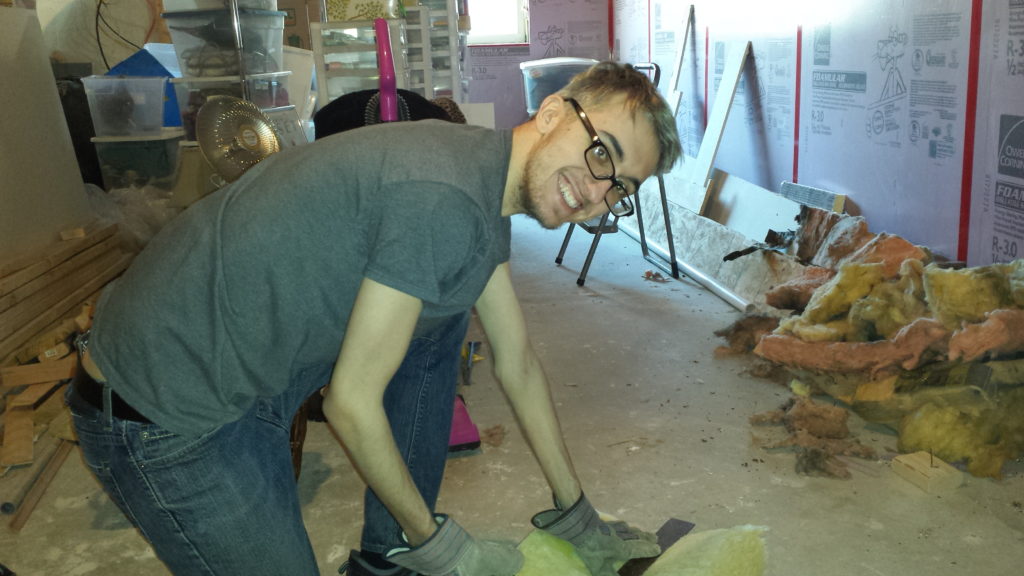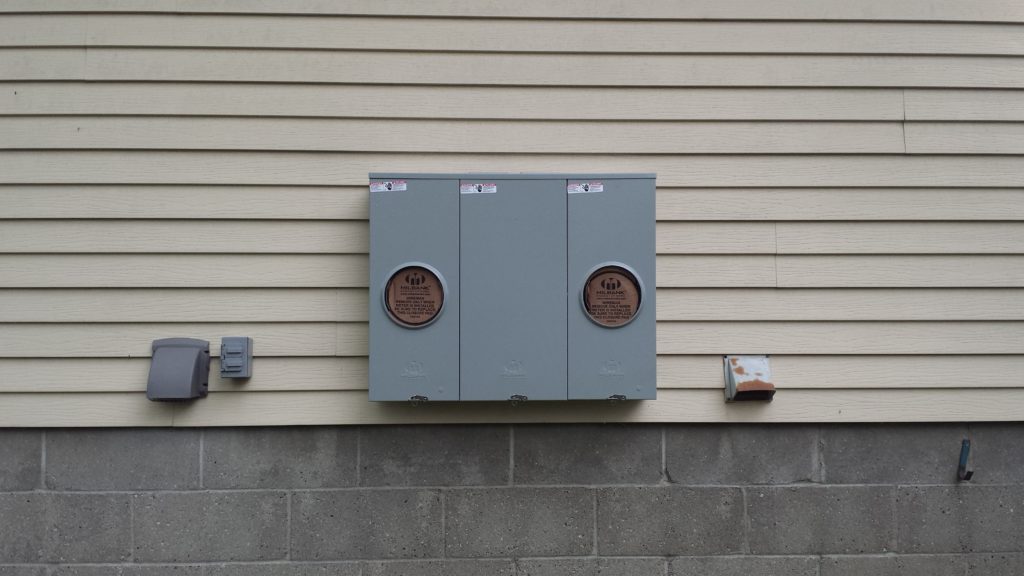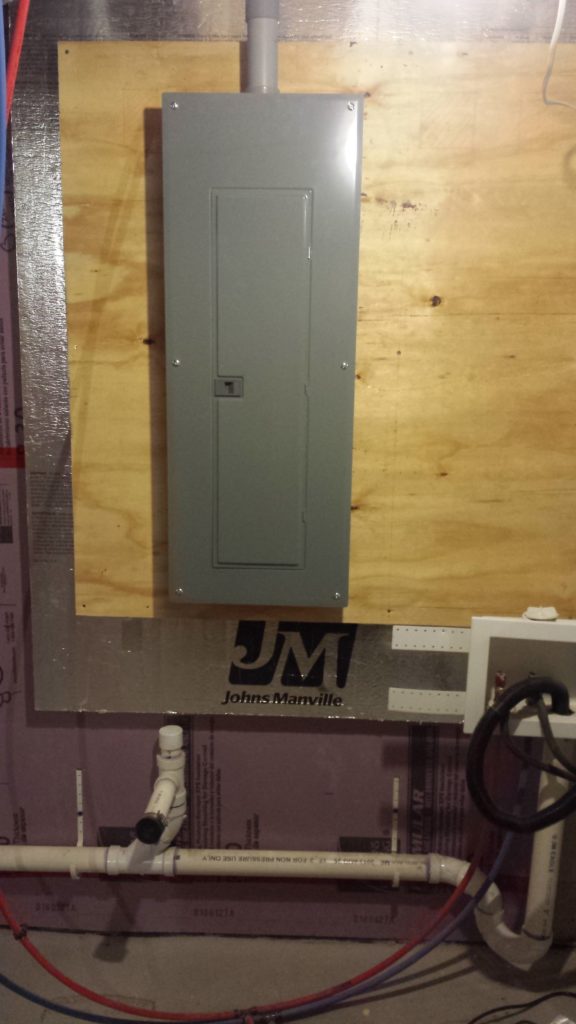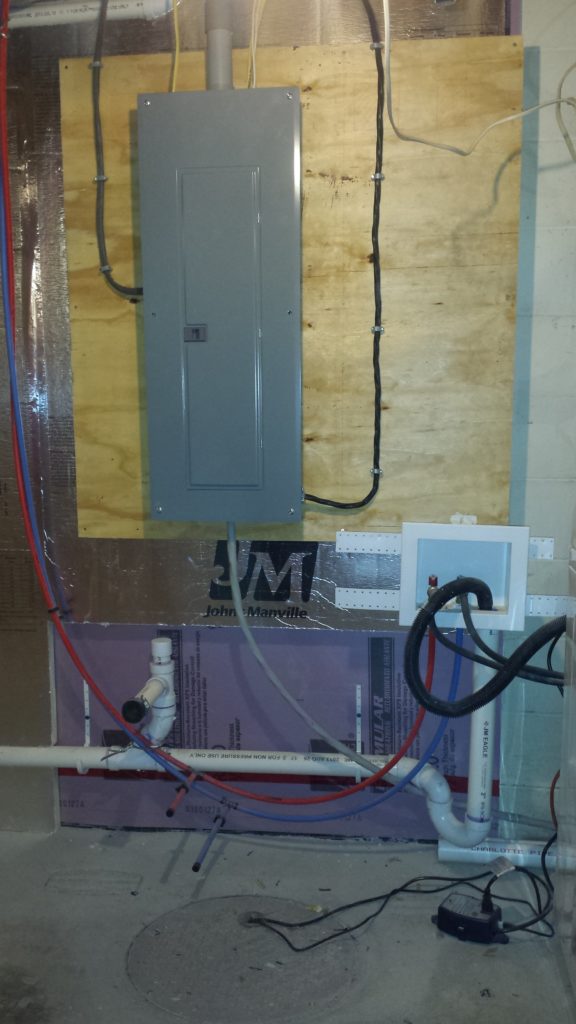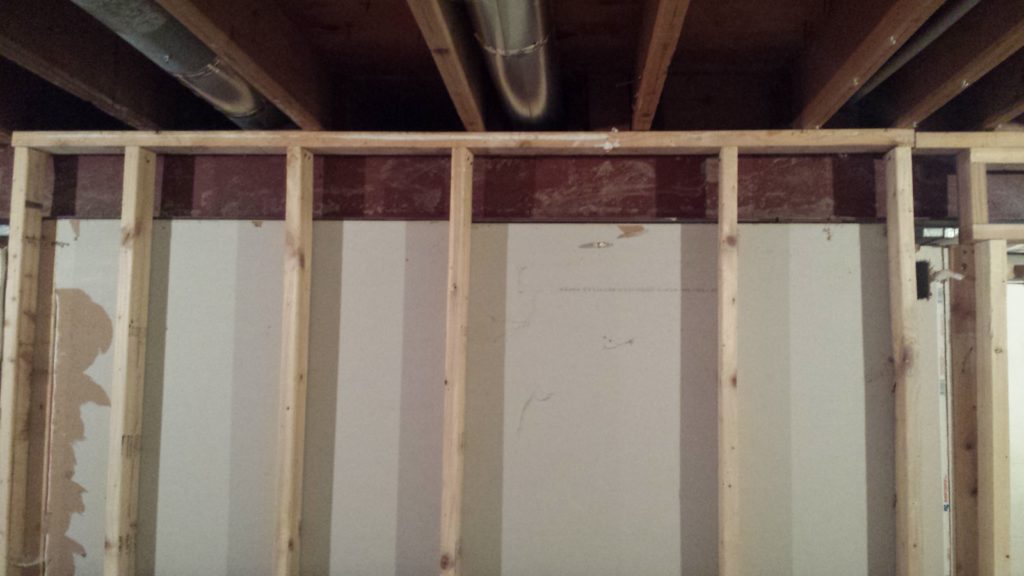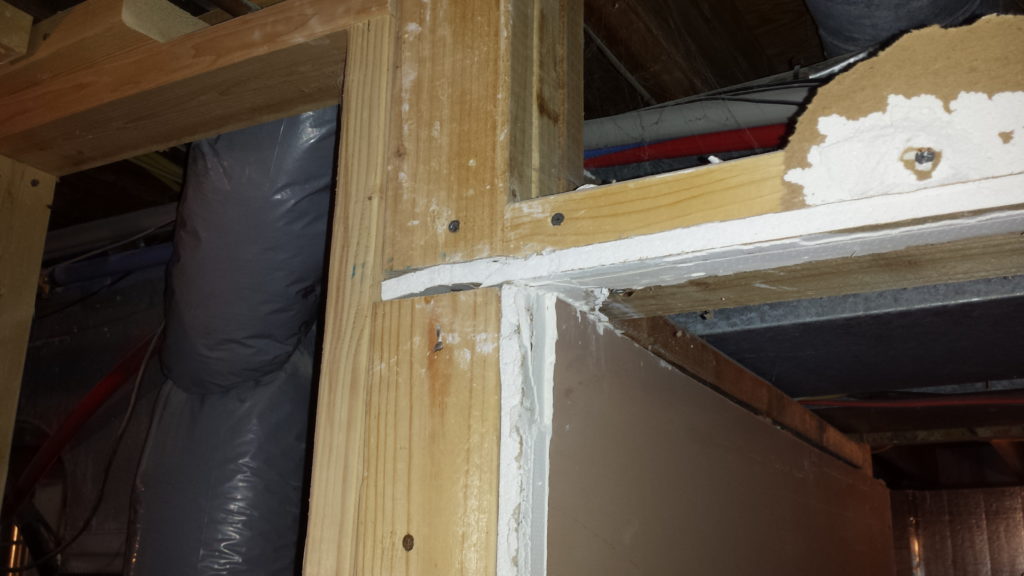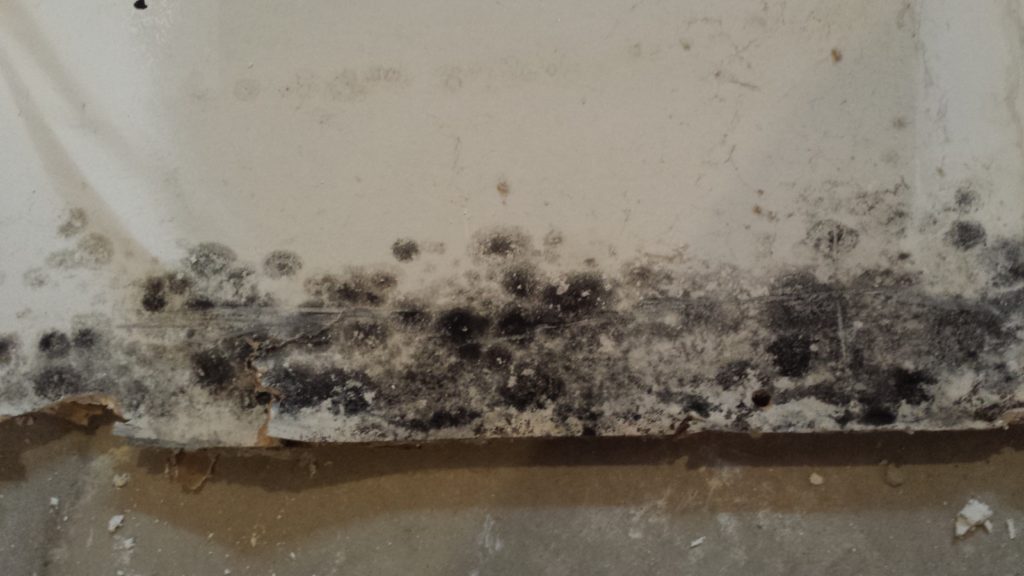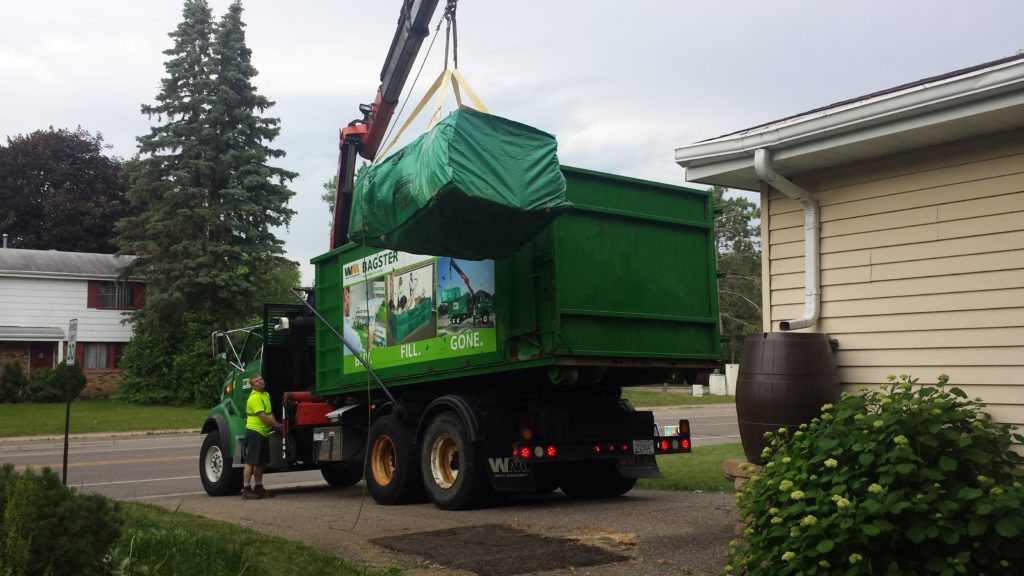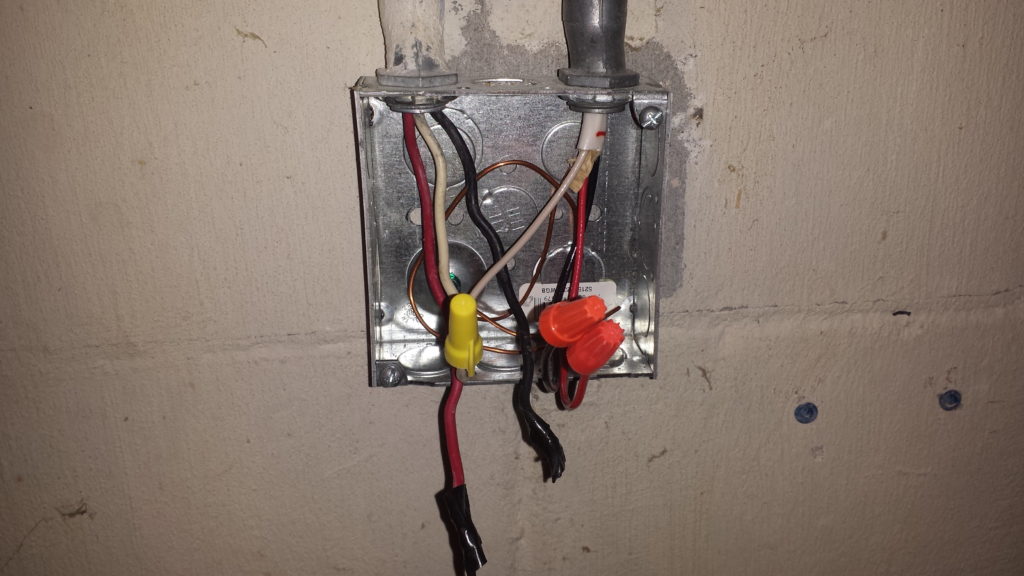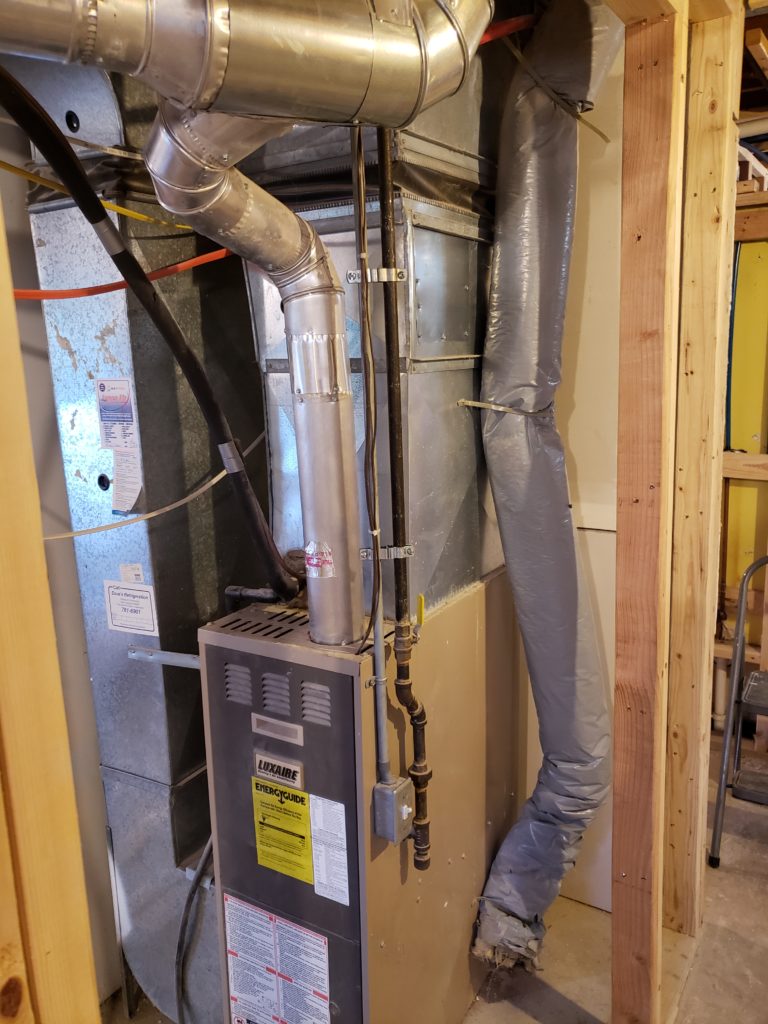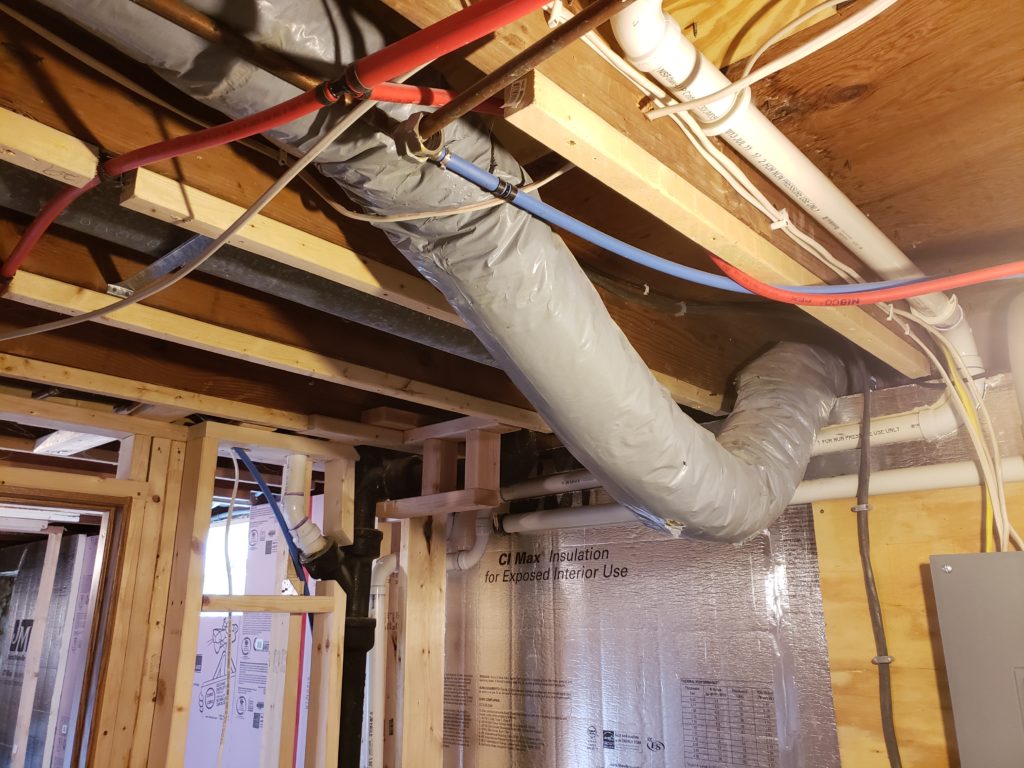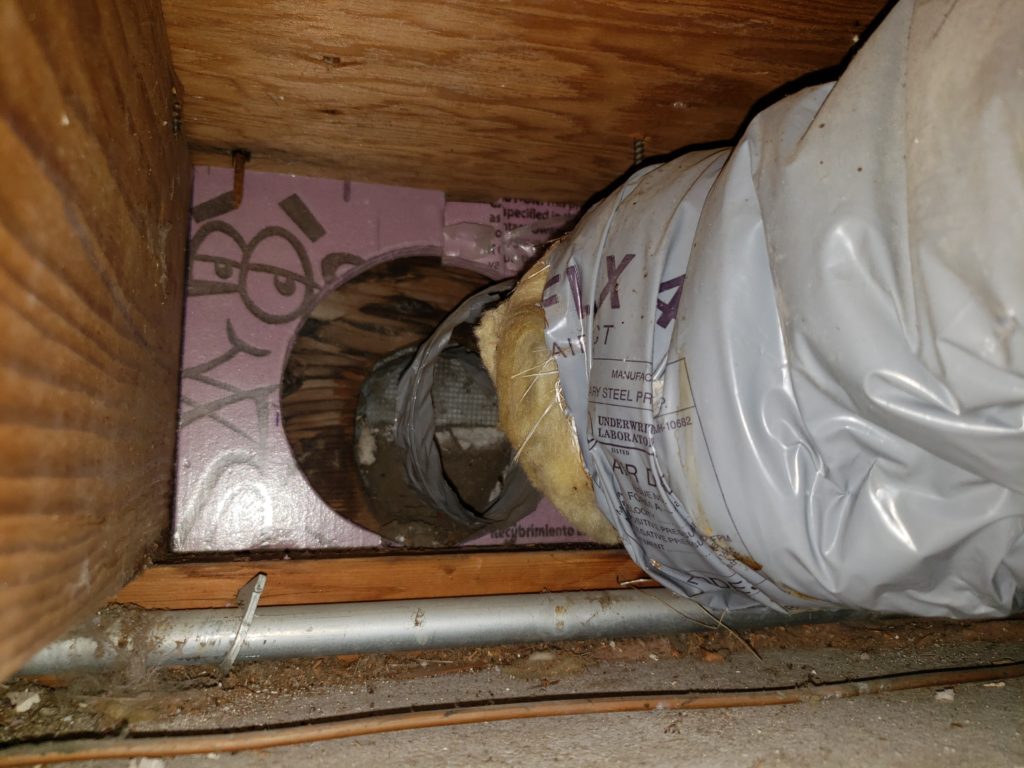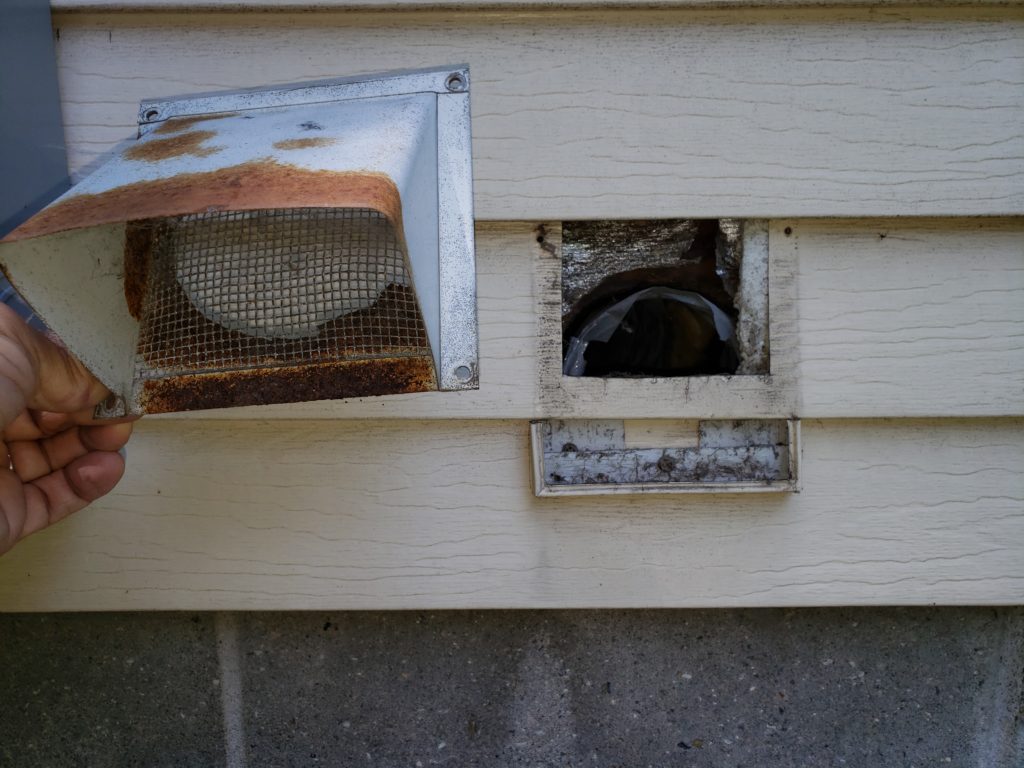Is it crazy to move a service panel? Yes. But since we already have everything exposed, and we’re laying out the basement from scratch, why not rethink it? We had already moved the service panel from a closet to a bedroom. This time, we’re going to move it to the laundry room, near the furnace and other mechanicals on a different side of the house. Luckily, we won’t need to run new wires for this.
I start by picking an ideal spot on the basement wall and marking it off with tape. Then I anchor some framing to the wall and carefully insulate around it.
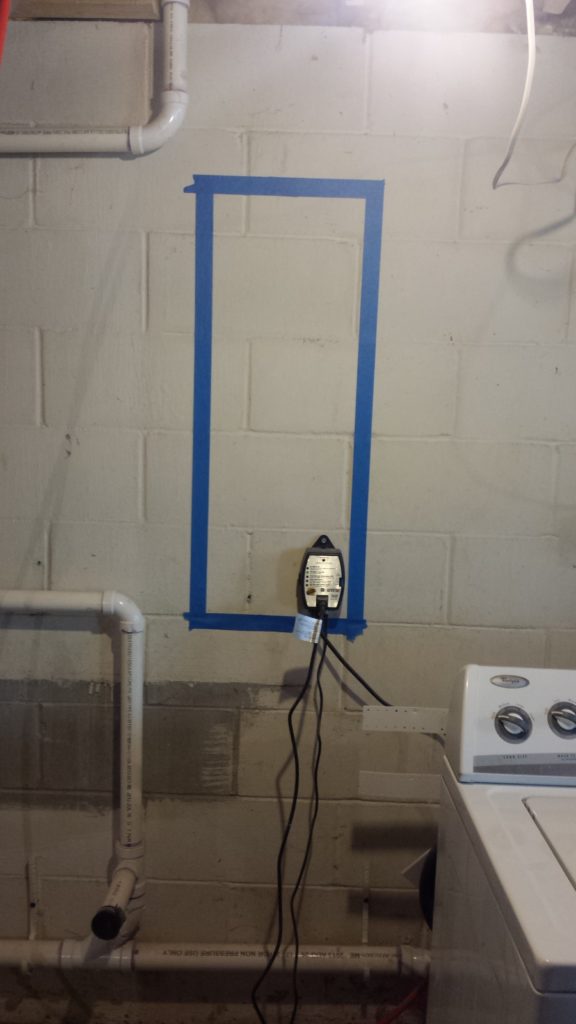
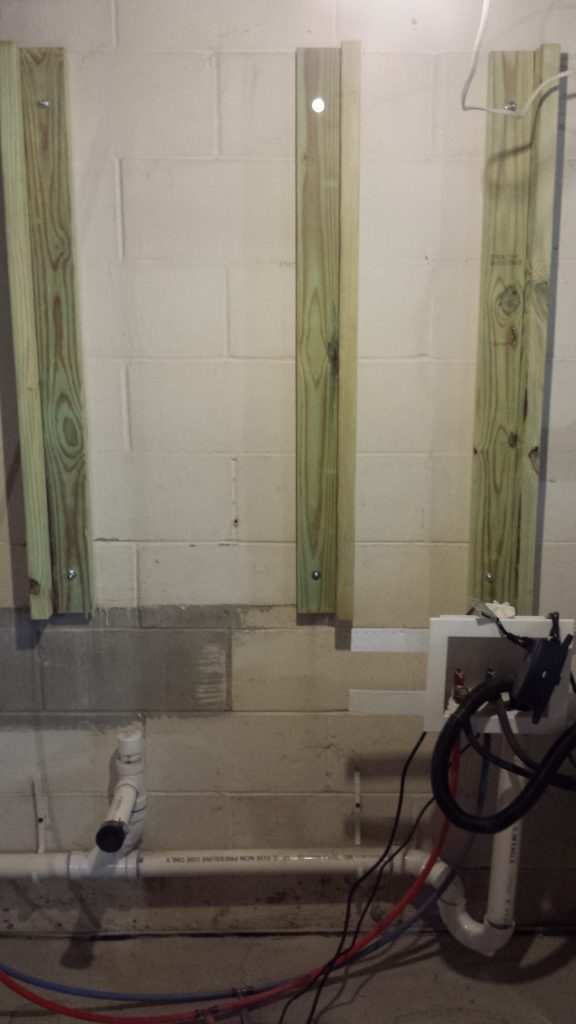
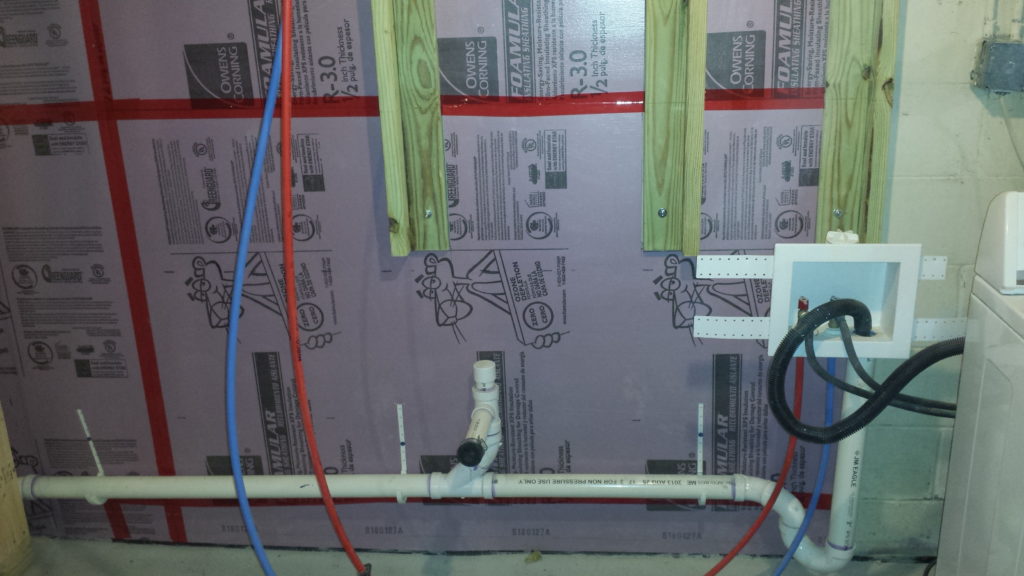
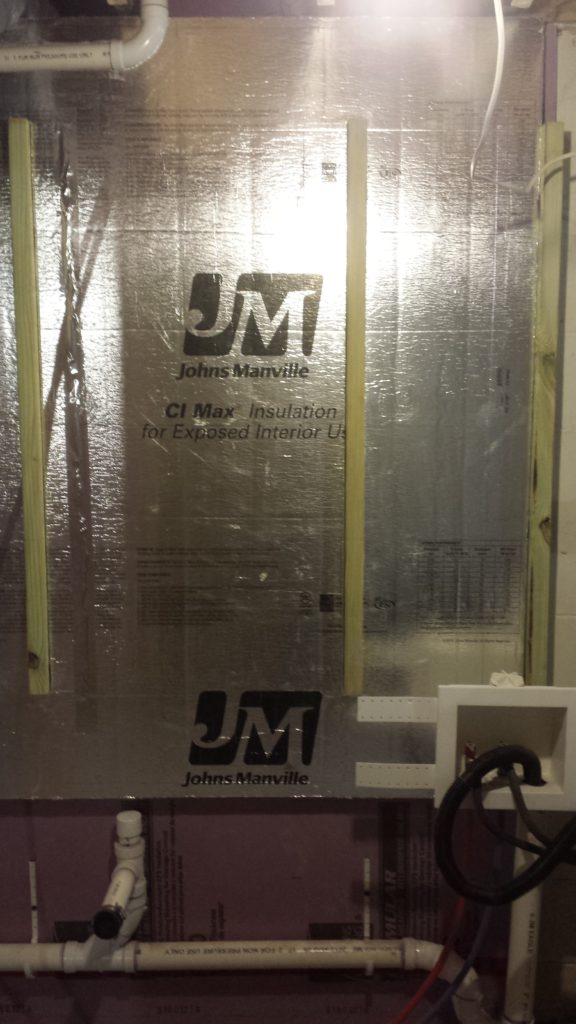
Meanwhile, Harry help cut some additional insulation.
